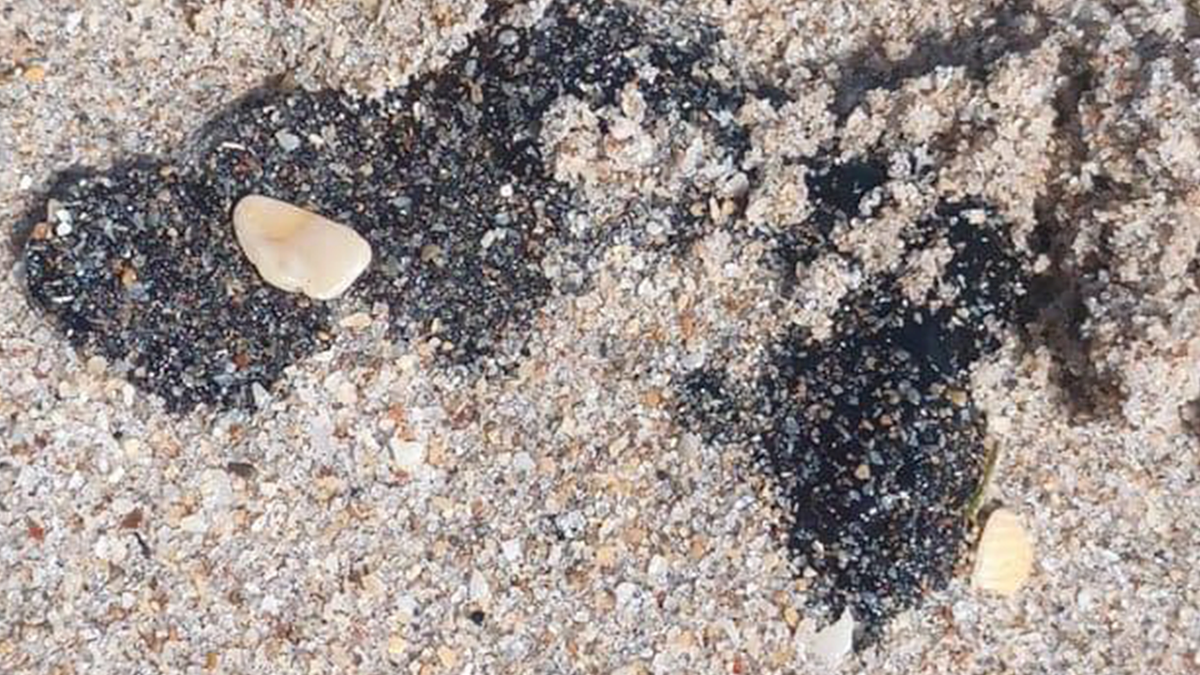Musculoskeletal (MSK) pain, affecting bones, joints, ligaments, muscles, and tendons, is a common ailment affecting roughly half of American adults. This pain can range from sudden, acute episodes to persistent, chronic discomfort. While some situations necessitate medical interventions like surgery or prescription drugs, many individuals discover relief through alternative approaches, as highlighted by Claire Morrow, PT, a senior physical therapy consultant at Hinge Health. Morrow emphasizes a holistic perspective, focusing on lifestyle adjustments and healthy habits for pain management. Here are five key strategies she recommends:
1. Breathe for Stress Reduction
Breathing exercises offer a potent method for stress reduction and pain relief. Morrow suggests a daily five-minute routine: Lie on your back with bent knees and flat feet, using a pillow for head support. Place one hand on your sternum and the other below your rib cage. Practice slow, controlled belly breathing, focusing on the rise and fall of your abdomen.

2. Maintain Movement
Contrary to common belief, complete rest isn't always necessary during pain flare-ups, especially for lower back pain. Gentle movement, such as walking or hip rocking, can be beneficial. Research indicates that regular physical activity, regardless of intensity or duration, can boost pain tolerance. The key takeaway is that consistent exercise correlates with a higher pain threshold.

3. Hydrate Consistently
Dehydration can exacerbate head pain, inflammation, and joint pain. Adequate hydration is crucial for healthy muscle and joint function. Instead of reaching for caffeinated beverages, prioritize water intake.

4. Incorporate Stretching
For those experiencing upper back and neck pain from prolonged sitting, regular stretching can provide relief. Morrow recommends a simple exercise: Sit in a chair with back support, place your hands behind your head, open your elbows, and gently lean back until you feel a stretch in your chest and upper back. Hold for 10 seconds and repeat three times.

5. Cultivate a Positive Body Image
Pain flare-ups can lead to negative self-perception. Remember that the human body is resilient, and overcoming these episodes is normal. Focus on appreciating your body's strength and capabilities.









